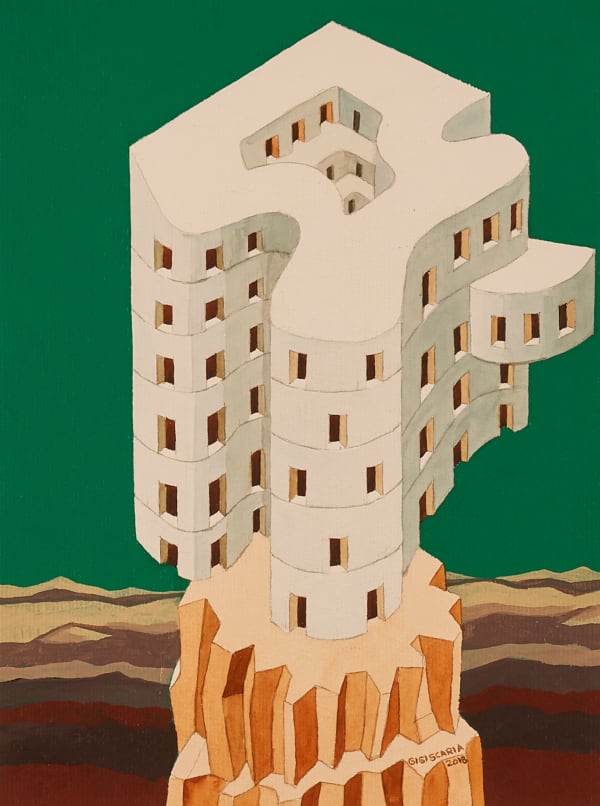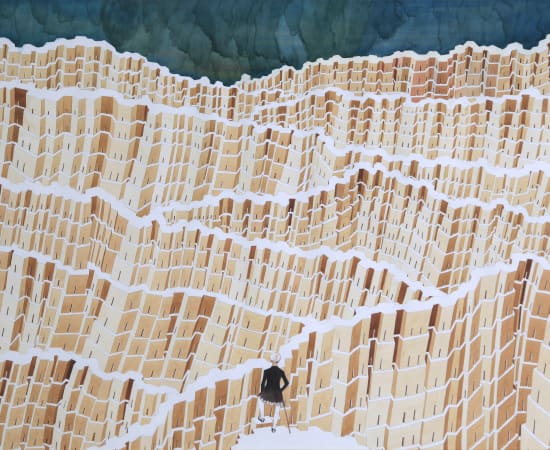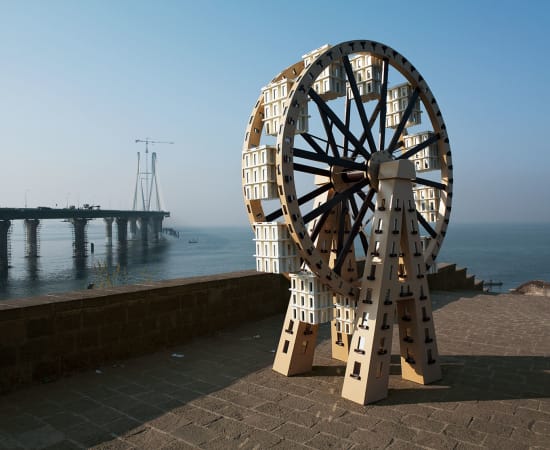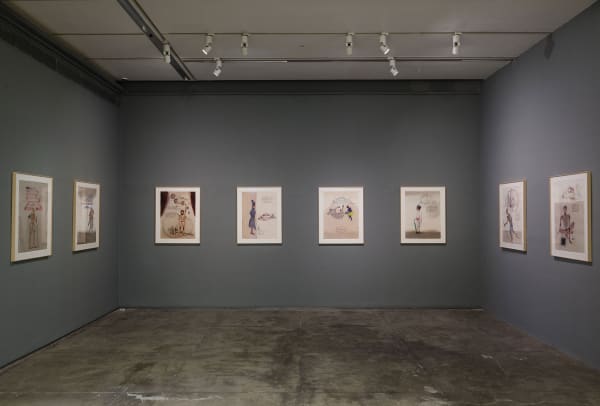Gigi Scaria
b. 1973, in Kerala, India
Gigi Scaria’s works span a diverse range of media, including painting, photography, installation art, sculpture, and video – a testament to his creative versatility.
Growing up in Kothanalloor, a village in southern Kerala, Scaria began his artistic journey in 1995 with formal training at the College of Fine Arts in Thiruvananthapuram, where he earned his B.F.A. in painting. He further honed his skills at Jamia Millia Islamia in New Delhi, obtaining an M.F.A. in 1998. During this formative period, Scaria’s art was influenced not only by his education, but also by his broader urban environment. His move from Kothanalloor to the capital enabled a deeper exploration of migrant alienation. His work began to examine the dynamic nature of cities, focusing on how their ongoing transformations were experienced by both newcomers and long-standing residents, themes that have remained central to his artistic practice.
From 2001 to 2006, Scaria served as a committee member for the Khoj International Artist Association in Delhi and organised one of their residency programmes. By 2002, Scaria garnered critical acclaim, receiving the Inlaks Scholarship from the UNIDEE, Cittadellarte - Fondazione Pistoletto, Italy, where he was artist-in-residence. In the late 2000s, the artist also established a prominent international profile through a series of solo exhibitions at esteemed galleries, including H-Cube Gallery, Seoul (New Perspectives From India, 2008); The National Art Studio, Changdong (Triviality of Everyday Existence, 2008); Chemould Prescott Road (Amusement Park, 2009); Galerie Christian Hosp, Berlin (Settlement, 2009); Videospace, Budapest (Site under Construction, 2008); and The Ian Potter Museum of Art, Melbourne (Prisms of Perception, 2012).
In 2011, Scaria was among the five Indian artists featured at the 54th Venice Biennale, showcased in an exhibition entitled Everyone agrees: it’s about to explode, curated by Ranjit Hoskote. This show was a landmark event in the history of Indian contemporary art, as it marked the first time the country had its own national pavilion at the Biennale. Scaria’s contribution, Elevator from the Subcontinent (2011), was an immersive installation that simulated an elevator ride, allowing viewers to 'time travel' to various locations across India. Hoskote commended the piece for its “precise purchase on the sociological processes and psychological pressure of internal migration…an exchange between dissimilars, a tangled conversation.”
In addition to the Venice Biennale, Scaria presented at the 3rd Singapore Biennale and Prague Biennale 5 in 2011, as well as the Kochi-Muziris Biennale in 2014.
In 2015, Scaria’s significant solo exhibition The Ark at Chemould provided a commentary on apocalyptic themes, reflecting upon climate change and its survival. Echoing Noah’s evaluation of humanity in the Bible, Scaria also tackled the territorial disputes between Israel and Palestine, underscoring both the forward-thinking nature and the ongoing relevance of his art today.
Beyond his art, Scaria has contributed to education, serving as adjunct faculty at Jindal University in 2018 and as an associate professor at Shiv Nadar University (SNU) in 2022. He has also co-curated IDAM: Where Being Sprouts into Language, presented by The Kochi Biennale Foundation in 2022, and curated Moments in Collapse in 2024, a show at Jawahar Bhawan organised by the Safdar Hashmi Memorial Trust (SAHMAT). This ambitious exhibition featured 44 artists and over 80 artworks, exploring the challenges of the Indian socio-political landscape.
Recently appearing in Modus Operandi III: Together Alone, 2022 and Part 1: Framing | CheMoulding: Framing Future Archives, 2023, Scaria’s art continues to explore the complex interactions between humans and modern progress. Through imaginative architecture and surreal landscapes infused with his own regional self-deprecating humour, his works address both intellectual and emotional dimensions. They explore themes that transcend verbal expression, delving into the anxieties and emotions that shape our own daily lives.
His selected group exhibitions include, Sights and Sounds: India, The Jewish Museum, New York, 2015; Multiplicity City as subject/matter, Belfast, Hong Kong, New Delhi, New York, Tel Aviv; Forms of Activism / Sahmat / curated by Vivan & Sasha, Lalit kala Gallery, Raveendra bhavan, New Delhi, 2014; Aesthetic Bind: Citizen Artist: Forms of Address, Chemould Prescott Road, Mumbai, curated by Geeta Kapur; Organic dreams of electric sheep: Image, Empathy and Pulse: After Philip K. Dick, Guild Art Gallery, Mumbai; Poseurs: An exhibition of photographs Sakshi Gallery, Mumbai; Spell of Spill: Utopia of Ecology, curated by Veerangana Solanki at Palette Art Gallery, New Delhi; France Heritage – A photographic voyage of French heritage in India, Alliance Francaise, Delhi, Ahemdabad, Hyderabad, Pondicherry, Lalit Kala Academy Chennai, National Gallery of Modern Art Bangalore; The Sahmat Collective: Art and Activism in India Since 1989, Smart Museum, Chicago; City Unclaimed, a site specific installation installed at the Smart Museum Chicago; Critical Mass: Contemporary Art from India, curated by Tami Katz Freimann and Rotem Tuff, Tel Aviv Museum of Art, Israel, 2012; Banner Project ET4U Contemporary Visual Arts project, Vestjylland Denmark, curated by Klavs Weiss, 2013; Sub –Topical Heat: New art from South Asia, curated by Rhana Devenport at the Govett Brewster Art Gallery, New Plymouth, New Zealand; A further Global Encounter, Grosvenor Vadehra, London; To Let the world in, Lalitkala Academy Gallery, Chennai, curated by Chaitanya Sambrani; Cynical Love: Life in the everyday, Kiran Nadar Museum of Art, curated by Gayatri Sinha, 2012; Yamuna–Elbe Project: A site-specific installation project at the bank of River Yamuna in Delhi, curated by Ravi Aggarwal; India side by side, Centro Cultural Banco do Brasil. In Rio De Janeiro, SESC Belenzinho, Sao Paulo, curated by Tereza de Arruda, Every one agrees: it’s about to explode, curated by Ranjit Hoskote, India Pavilion at 54th Venice Biennale; Crossroads: India Escalate, Prague Biennale, curated by Kanchi Mehta; Tolstoy Farm: Archive of Utopia, curated by Gayatri Sinha; 3rd Singapore Biennale, curated by Russell Storer and Trevor Smith, 2011; Finding India, Museum of contemporary art (MOCA) Taipei; Samtidigt Indian contemporary art exhibition, Helsinki City Art Museum, Finland and Kulturhuset, Stockholm; Indian (sub) way, curated by Yashodhara Dalmia, Grosvenor, Vadehra London; Invisible cities, Aicon Gallery, New York; Video Art India, curated by Luissa Ortinez, Fundacio la Caixa, Barcelona, Spain, 2010; Video Zone-4, The 4th International video art Biennial, Tel Aviv, Israel, Mam Screen, Mori Art Museum, Japan; India Moderna, Ivam Museum, Valencia, Spain; Chalo India, Mori Art Museum, Tokyo, Japan; La Casa Encendida, Madrid, Spain, 2008; Public Places/Private Spaces: Contemporary Photography and Video Art In India, curated by Gayatri Sinha, The Newark Museum, New Jersey, U S A; After Shock Conflict, Violence and Resolution in Cotemporary Art, a group show supported by Sainsbury Centre in collaboration with Matthew Shaul and the UH Galleries, England, curated by Yasmin Zahir; Indian photo and Media Art: a journey of Discovery Exhibition, Vienna, Austria; Horn Please: Narratives in contemporary Indian Art, Kunstmuseam Bern, Switzerland, World Social Forum, Nairobi, 2007; Rencontres Internationales Paris/Berlin 2006, a film and video festival in Paris and Berlin, 2006; Paper flute, curated by Johny M.L at Gallery Espace New Delhi; Self x Social Self stranger parent resource worker, School of Arts and Aesthetics Gallery, New Delhi curated by Geeta Kapur, 2005; Making of India, organised by SAHAMAT at Rabindrabhavan, New Delhi, 2004; Crossing Generations Diverge, National Gallery of Modern Art, Mumbai, curated by Geeta Kapur and Chaitanya Sambrani, 2003.
The artist lives and works in New Delhi.
-

Biophilia
Gigi Scaria 12 Sep - 17 Oct 2024During the lockdown, we were inundated with images of dolphins dancing in the waters of the Bosporus; an unimaginably large number of flamingos roosting and breeding in the Talawe wetlands...Read more -

In the making: Drawing, Refining, Revising
Group Show 2 Aug - 3 Sep 2024In the Making: Drawing, Refining, Revising is a group exhibition where we have brought together 15 artists from the gallery to whom drawing is the essence of studio life: a...Read more -

Part 1: Framing | CheMoulding: Framing Future Archives
Curated by Shaleen Wadhwana | 60 Years of Gallery Chemould 15 Sep - 22 Oct 2023Anant Joshi, Archana Hande, Atul Dodiya, Bhuvanesh Gowda, Desmond Lazaro, Dhruvi Acharya, Gigi Scaria, Jitish Kallat, Madhvi Subrahmanian, Meera Devidayal, Mithu Sen, NS Harsha, Ram Rahman, Ritesh Meshram, Shakuntala Kulkarni,...Read more -

Modus Operandi III: Together Alone
Group Show 11 Aug - 10 Sep 2022The premise of Modus Operandi began and continues with an exhibition of Chemould's roster of artists - every iteration presents us an opportunity to exhibit them under one roof, in...Read more -

New Media Focus
Pushpamala N & Gigi Scaria | SOUTH SOUTH Veza 02 31 Mar - 10 Apr 2022SOUTH SOUTH’s second edition of VEZA focussed on digital art and the remarkable possibilities of new media, as well as our core activity of facilitating new connections within the cultural...Read more -

On|Site | Entry Only
Group show 3 - 9 Mar 2021A collaborative project between four galleries at Bikaner House, New Delhi. Bikaner House, a former residence of the Maharaja of Bikaner in Rajasthan, retains its grand aura of a distinguished...Read more -

Photo / Concept
Group show | In-Touch Edition II 5 Jun - 5 Jul 2020Read more -

Modus Operandi
Group Show 13 Jul - 18 Aug 2018This July, Chemould Prescott Road presents Modus Operandi , a show that has been devised by Shireen Gandhy and the Chemould team, brin ging together a large number of Chemould...Read more -

The Ark
Gigi Scaria 22 Oct - 21 Nov 2015An apocalypse is coming onto us; our world and the worlds before. According to Gigi Scaria, climate change and subsequent territorial disputes have the potential to tear the social fabric...Read more -

A Summer Mix
Group Show 20 May - 15 Jul 2015Aditi Singh | Anju Dodiya | Atul Dodiya | Bhuvanesh Gowda | Desmond Lazaro | Dhruvi Acharya | Gigi Scaria | Jitish Kallat | Lavanya Mani | Meera Devidayal |...Read more -

Aesthetic Bind: Citizen Artist: Forms of Address
50 Years of Chemould | Group Show 14 Oct - 15 Nov 2013The exhibition Citizen Artist: Forms of Address is the second of 5 exhibitions curated by Geeta Kapur, celebrating 50 years of Chemould. Gallery artists, Jitish Kallat, Rashid Rana, Shilpa Gupta,...Read more -

Amusement Park
Gigi Scaria 5 - 31 Aug 2009Ever since civilisation was formed and nurtured, the city has become a fascinating phenomenon. The world started to live up to the expectations of the city and the city continuously...Read more
-

India Art Fair 2025 | Chemould Prescott Road
New Delhi 6 - 9 Feb 2025Public days: Feb 6 - 9, 2025 We look forward to welcoming you once again in person to our booth at India Art Fair 2025....Read more -
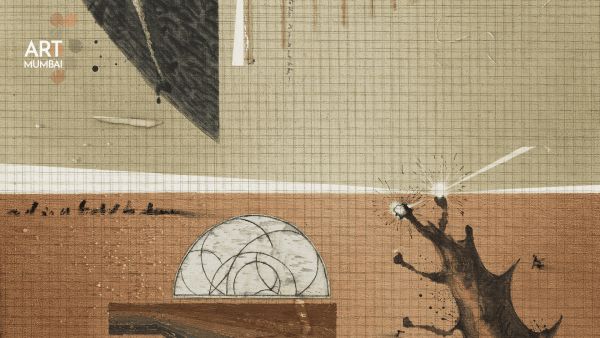
Art Mumbai 2024
Mumbai 14 - 17 Nov 2024Booth 28 Public days: NOV 16 - 17, 2024 We look forward to welcoming you once again in person to our booth at Art Mumbai...Read more -

Art Mumbai
Mumbai 16 - 19 Nov 2023Read more -
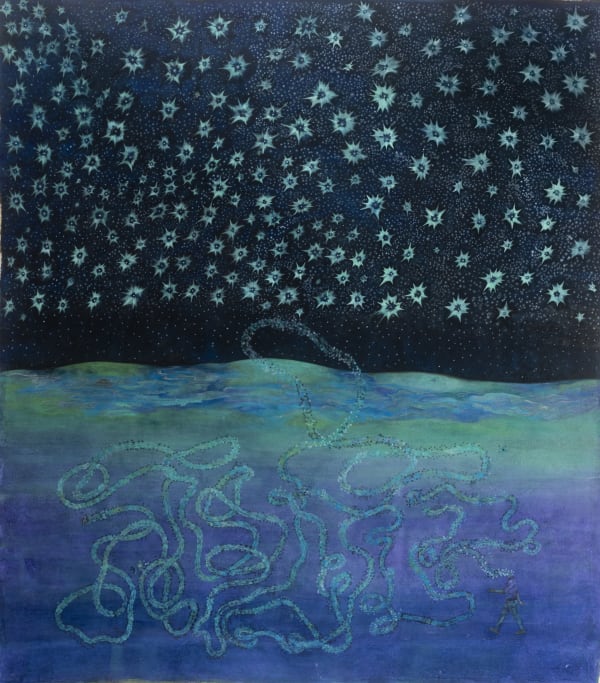
Art Basel 2018
Basel, Switzerland 13 - 17 Jun 2018Chemould Prescott Road presents a suite of works this year at Art Basel that reflect the diverse sensibilities of its gallery programme. From Anju Dodiya...Read more -

Art Dubai 2016
Dubai, UAE 16 - 19 Mar 2016Public days: March 16 - 19, 2019 Participating artists include Archana Hande, Gigi Scaria, Jitish Kallat, Mehlli Gobhai, Reena Kallat and Shezad Dawood.Read more -

Art Basel Miami 2014
Miami Beach 4 - 7 Dec 2014Public days: Dec 4 - 7, 2014 Chemould Prescott Road has a roster of senior, mid-career and young artists who have been part of the...Read more -

Art Basel 2012 Unlimited
Basel, Switzerland 14 - 17 Jun 2012Public days: June 14 - 17, 2012 Chemould Prescott Road has a roster of senior, mid-career and young artists who have been part of the...Read more -

FIAC 2011
Paris, France 20 - 23 Oct 2011Public days: Oct 20 - 23, 2011 Chemould is honored to return to the Grand Palais in Paris for the 2011 Edition of Foire Internationale...Read more


